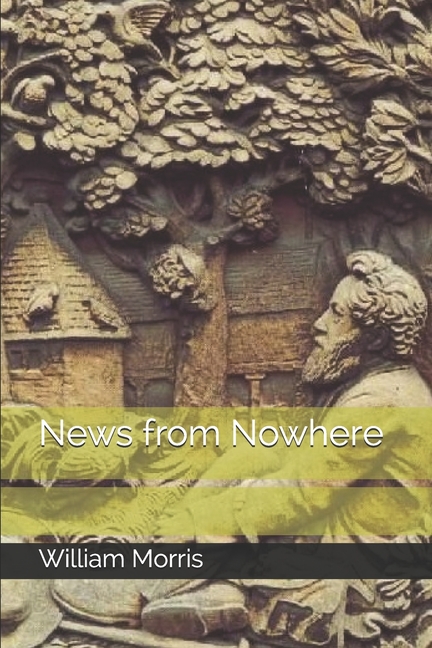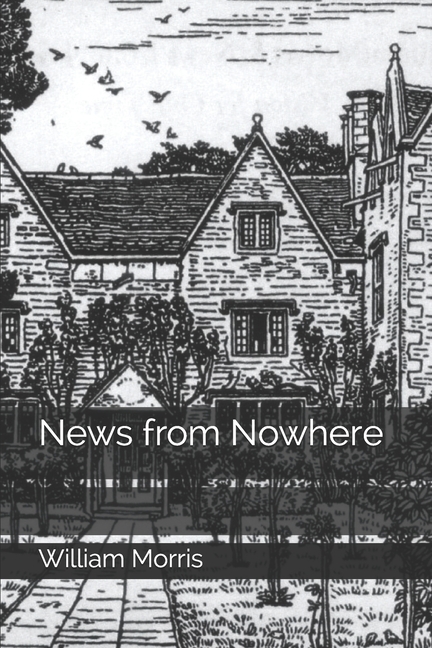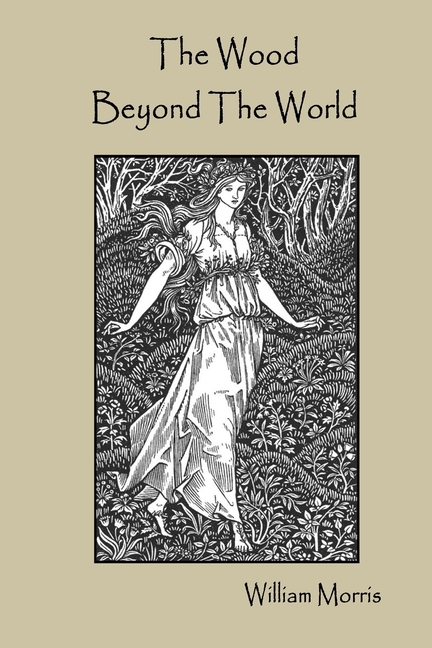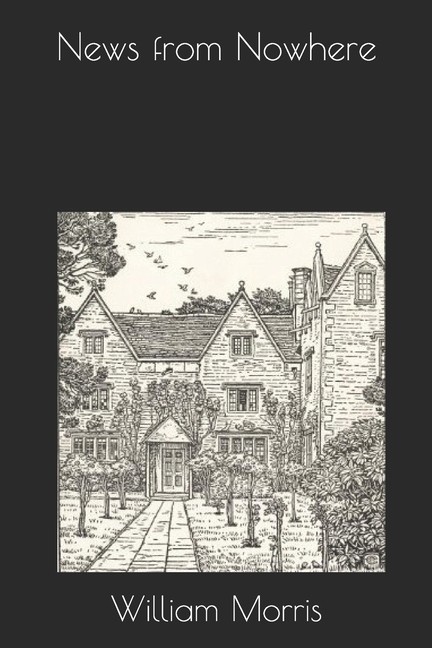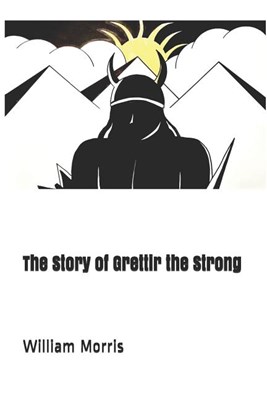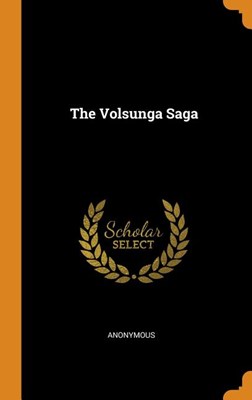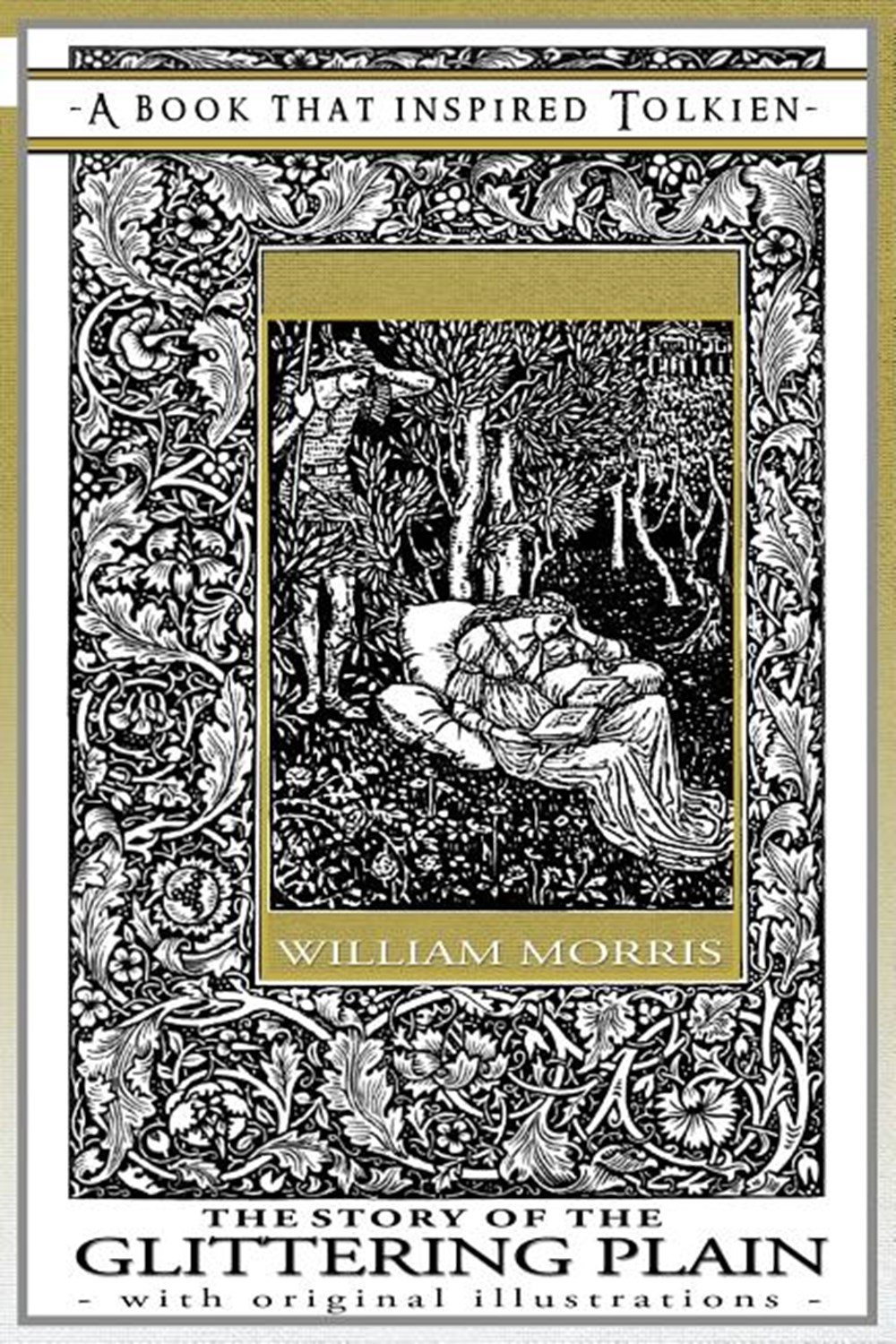
The Story of the Glittering Plain - A Book That Inspired Tolkien: With Original Illustrations (Revised,)
| Quantity | Price | Discount |
|---|---|---|
| List Price | $19.99 |
$19.99
Book Information
| Publisher: | Quillpen Pty Ltd T/A Leaves of Gold Press |
|---|---|
| Publish Date: | 07/01/2018 |
| Pages: | 240 |
| ISBN-13: | 9781925110067 |
| ISBN-10: | 1925110060 |
| Language: | English |
Full Description
THE STORY OF THE GLITTERING PLAIN - A BOOK THAT INSPIRED TOLKIEN.. With original illustrations.
The famous 19th century English designer, artist and writer William Morris had an enormous influence on Professor J.R.R. Tolkien, author of The Lord of the Rings and The Hobbit.
Tolkien was two years old when the illustrated edition of The Glittering Plain was published in 1894, complete with decorated borders and capitals by Morris and richly detailed woodcuts by Walter Crane. This new edition is a close replica of that very book, with more than 700 exquisite graphic images woven into the layout. The story is a fantasy, telling of the journey of Hallblithe, a young man on an epic quest to rescue his love.
During Tolkien's youth he read Morris's works, enjoying both the stories and the pictures. Fantasy and medieval literature specialist Douglas A. Anderson writes in 'Tales Before Tolkien: The Roots of Modern Fantasy', 'William Morris was an enormous influence on Tolkien in terms of the general shape of his literary interests. Tolkien discovered Morris's translations in his teens, and his interest in Morris deepened at Exeter College, Oxford, where Morris had also been an undergraduate. Tolkien's earliest stories of his Middle Earth legendarium, published posthumously as The Book of Lost Tales, show a decided influence of Morris in their archaism and style.'
When Tolkien was twenty-two he revealed, in a letter to his sweetheart Edith (later his wife), 'Amongst other work I am trying to turn one of the short stories [of the Finnish Kalevala] ... into a short story somewhat on the lines of Morris's romances with chunks of poetry in between.'
In 1960 he was still acknowledging his debt of inspiration to Morris, noting, 'The Lord of the Rings was actually begun, as a separate thing, about 1937, and had reached the inn at Bree, before the shadow of the second war. . . . The Dead Marshes and the approaches to the Morannon owe something to Northern France after the Battle of the Somme. They owe more to William Morris and his Huns and Romans, as in The House of the Wolfings or The Roots of the Mountains.'
Mary Podles, in her article 'Tolkien & the New Art: Visual Sources for The Lord of the Rings', says, 'We know from Tolkien's letters and various commentaries that [William] Morris's literary works had a profound influence on Tolkien...'
'The Story of the Glittering Plain' is one of several William Morris works known to have inspired J.R.R. Tolkien's creation of 'The Hobbit' and 'The Lord of the Rings'.




